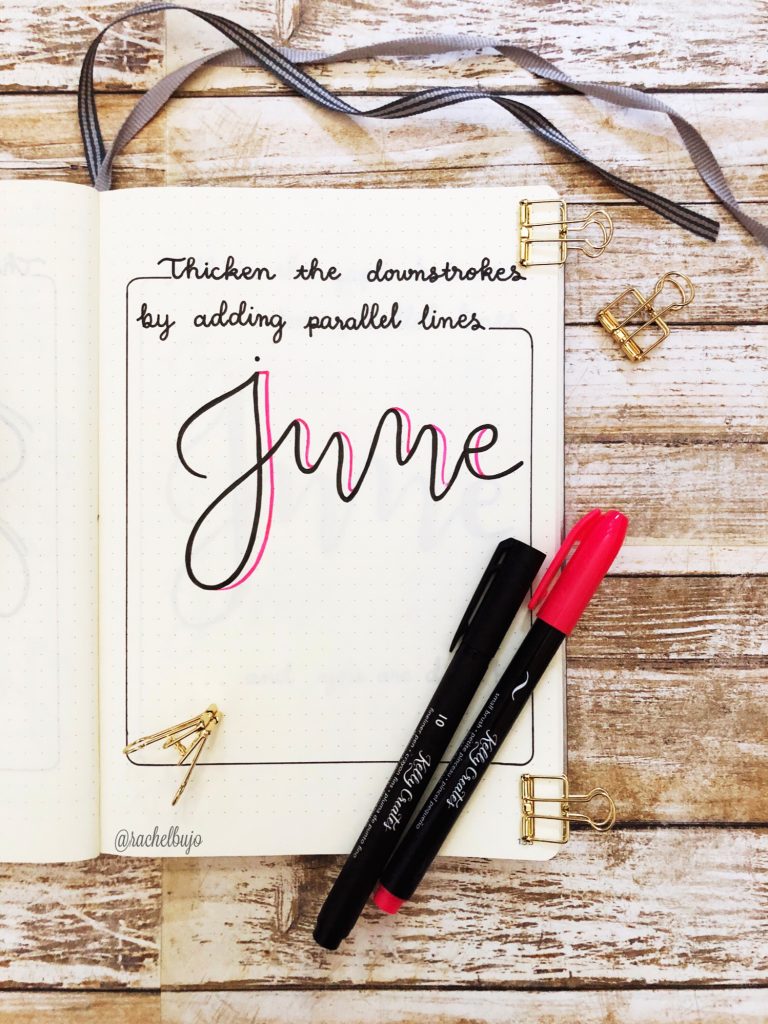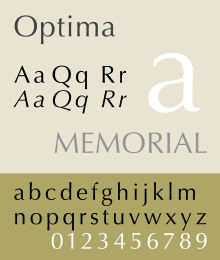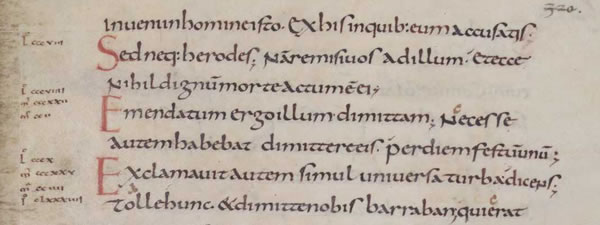The word “type crime” is often used to refer to a commonly committed typography design mistake that is often unaesthetic or makes the signage or poster unreadable. Though there are official laws for typography, the term “type crime” is often used in a humorous or colloquial setting. Not to be associated with “sign fails” which are always used to a humorous degree and are often not the result of typography mistakes but rather the purposeful or unpurposeful manipulation of letters in such a way that a foul, often sexual word is spelled out. Though type crimes aren’t a legitimate crime, the impacts of these typography mistakes are often highly prominent. They could lead to a multitude of issues such as misunderstandings, accidents or lack of attention to the text. Typographers have compiled a number of type crimes that have been labeled as “unforgivable.”
One of the biggest type crimes is the misuse of contrast. Especially when it comes to larger signs, the contrast is crucial in making sure the sign is understood and legible.

In this billboard, the lack of contrast between a yellow-brown background and a yellow font text makes it so that the text blends into the background. Ideally, the background is darker or a different hue so that there is greater contrast between the text and the background. Another is a lack of planning in spacing which again leads to bad readability.
An essential part of typography is kerning, that is, the spacing between letters. This example is quite tame compared to some of the more unfortunate accidents that occur with bad kerning. In this example, the letters ‘SA’ are much further from the letters ‘VINGS’ making it look like a separate word. Though in this example, it is evident what the word is supposed to be, in other signs it may not be so obvious.

Can you read the word Lagniappe? I didn’t think so. Another huge type crime is the use of illegible fonts. Because billboard and signs are often viewed either from far away or in a short amount of time, fonts that are too “fancy” or decorative are bad choices for signages.

In addition to font type, font size is also an important choice. Though the text on this example seems legible to us right now, it is because the image is still. However, as outlined on this billboard, most billboards are only seen for a short amount of time. As a result, billboards need larger fonts in order to assure legibility. Noting all these mistakes I will be critiquing a sign and providing a possible alternative in its design.

The sign that I chose commits all four of the aforementioned type crimes which contributes to its lack of appeal and illegibility. The first is of the absurd combination of serif, sans serif, decorative and calligraphic fonts into a singular sign. Each class of font is often used to a specific effect with calligraphic fonts usually have a hint of elegance and in contrast decorative fonts a sense of colloquialism and fun. Also, in contrast, serif fonts which are often used for academic writing and sans serif, which are often for more relaxed, less “uptight” pieces. This melting pot of font classes leaves the viewer without a sense of understanding of the aesthetic purpose of the sign. In other words, the typeface does not hint at the content. In addition, the kerning of the word “accommodation” makes it so that the word is not even legible because each of the letters is so close together. The sign, though the picture, seems to be placed by a road. If this is the case, this means that the font, due to its size would not be visible to oncoming drivers anyways especially with the calligraphic font. Finally, the lack of contrast between the gold colored font and the olive green background will make it so that the font is illegible

My poster redesign aims to address all of these type crimes. First I limit the type classes to decorative and sans serif. I use two because I consider the name of the hotel to be a “logo” of sorts and as a result should not have the same characteristics as the subtext, namely the details of the poster. Secondly, The word “accommodation” is no longer squished together and is more legible. Thirdly, I only use the more vibrant yellow in this poster in order to give a significant amount of contrast between the text and the background. Finally, I shift between white and yellow in order to provide emphasis on certain words and break monotony.
BIBLIOGRAPHY:
Rampton, John. “9 Common Signage Mistakes to Avoid.” Forbes, Forbes Magazine, 19 Oct. 2015, www.forbes.com/sites/johnrampton/2015/10/19/9-common-signage-mistakes-to-avoid/#4229fda063ae.















